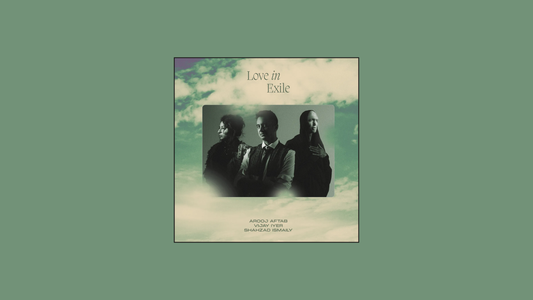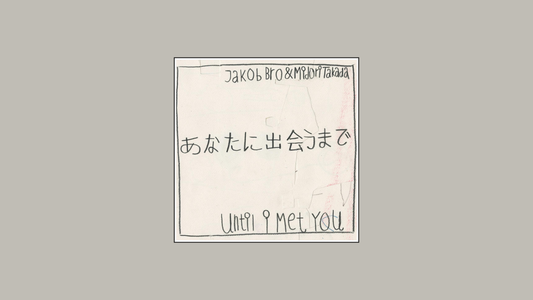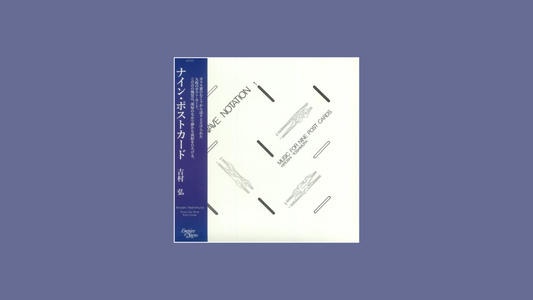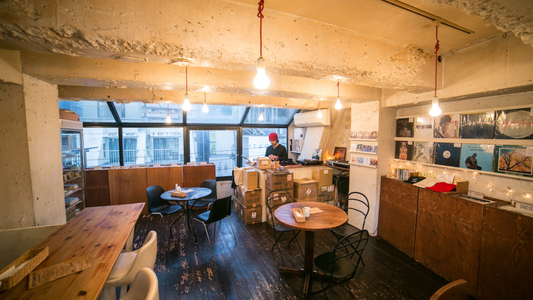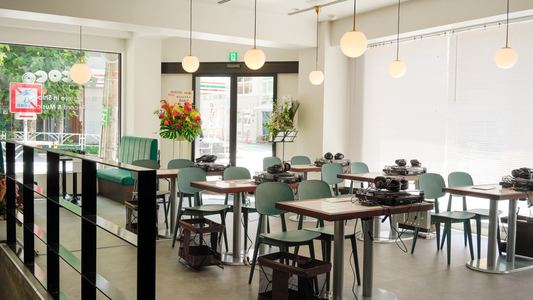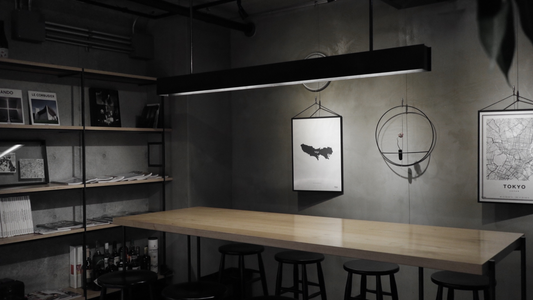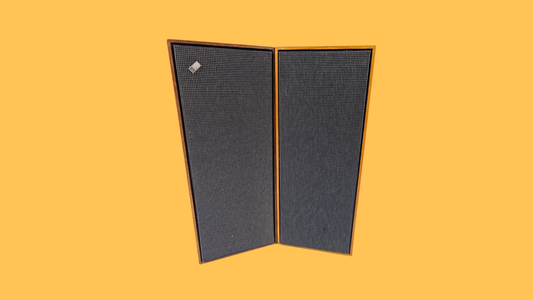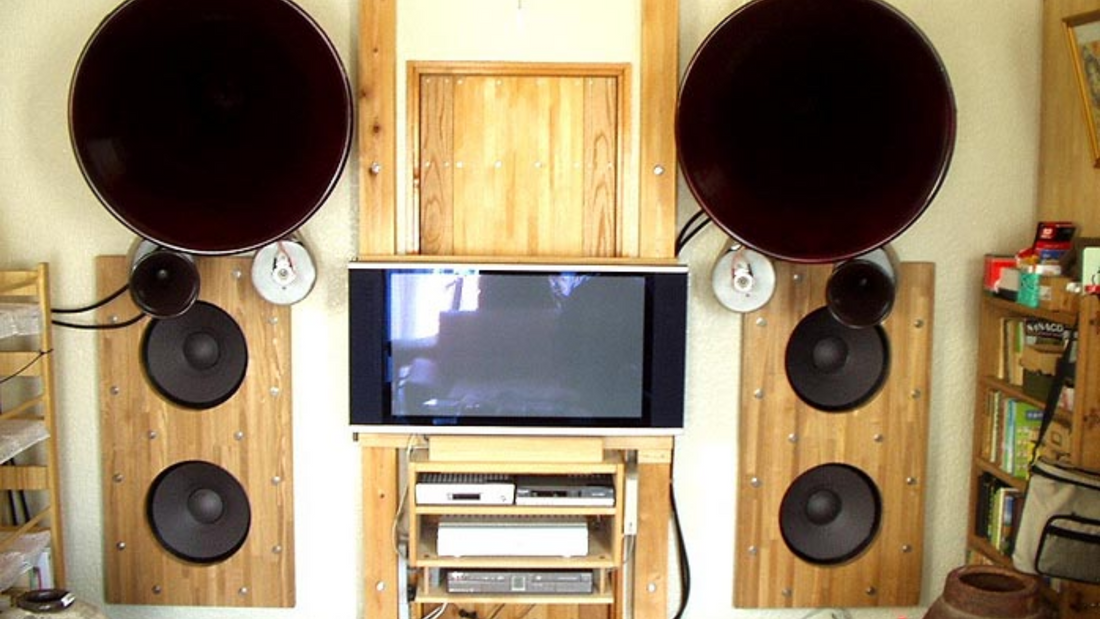
GOTO Unit — Extreme Horns and the Pursuit of Scale
By Rafi Mercer
There are horns, and then there are GOTO horns. Vast, flared, engineered to the edge of possibility, they belong to a tradition of Japanese audio that is less about reproduction than re-creation. Founded by Sugano Goto in the 1970s, GOTO Unit specialises in compression drivers and horn systems built for those who believe music should not simply be heard but rebuilt at scale — full, physical, overwhelming. In listening bars, where intimacy often rules, a GOTO installation shifts the equation entirely. The bar becomes a hall, the record a performance, the night a spectacle of presence.
Goto himself had been an engineer at Pioneer, but his obsession was with horns — their efficiency, their immediacy, their ability to project music without strain. Dissatisfied with commercial compromises, he began producing his own drivers: massive compression units with field coil motors, designed to mate with equally imposing horns. The results were extreme in every sense — high cost, high size, high demand on space — but also capable of dynamics and detail that conventional loudspeakers could never match.
I remember a bar in Nagoya where a pair of GOTO horns dominated the space, each flare wide enough to walk into. The record was Sun Ra’s Space Is the Place. The horns did not simply play it — they embodied it. The brass blasts seemed to bend the air, percussion arrived with startling immediacy, and the room itself felt rearranged by sound. Patrons sat wide-eyed, half-laughing at the sheer audacity of it. It wasn’t background music; it was a force of nature.
That force is GOTO’s essence. Compared with the artisanal elegance of Living Voice or the revivalist devotion of GIP Laboratory, GOTO is more radical. It is fidelity not as accuracy but as immersion, built for those who want to feel the scale of a concert in the confines of a room. For bars, it is a risky choice: space-consuming, visually dominating, sometimes divisive. But for those who make the leap, it guarantees unforgettable nights.
Visually, GOTO horns are as dramatic as their sound. Painted metal, often in bold colours, flares that seem to bloom out of the room, drivers the size of small drums. They are less furniture than installation art. In a bar, they redefine the architecture, forcing patrons to reckon with them as much as listen through them.
Some dismiss GOTO as excess — too big, too loud, too impractical. But excess has its place in listening culture. It reminds us that hi-fi is not always about refinement or subtlety. Sometimes it is about surrender, about being overwhelmed, about rediscovering music as energy. In the right bar, GOTO becomes not a sound system but a spectacle, a reason to visit in itself.
In the end, GOTO Unit represents the extreme end of the horn tradition — a pursuit of scale that turns listening into an event. For bars willing to embrace that extremity, the reward is nights when patrons walk out changed, still feeling the pressure of sound in their chest, still laughing at the audacity of it. And isn’t that, in its way, the purest form of listening?
Rafi Mercer writes about the spaces where music matters. For more stories from Tracks & Tales, subscribe, or click here to read more.
